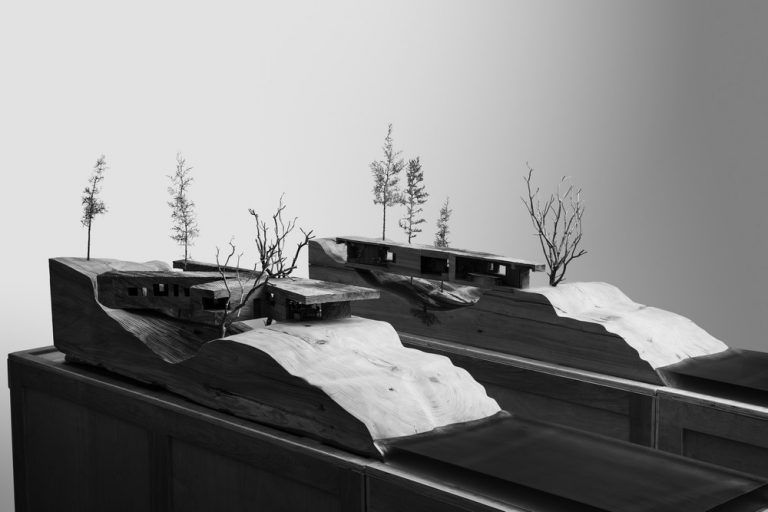

113 offers up a series of copper vessels with an irregular and delicate surface and edges-almost lace-like at times-a result of molten copper poured into a blown-glass mold. Glass, copper, concrete, wood and wax are among the elements that comprise the material palette. Series 14, Arbel’s debut piece, the ambient chandelier launched in 2005,Īrbel’s process of scientific investigation and material exploration/transformation is communicated through a rich selection of photographs, text and drawings of prototypes and finished products alongside images documenting the stages of construction in his architectural work. While the projects are titled according to a sequential numbering system, they are not presented in chronological order. The book is structured as a sequence of chapters focused on Arbel’s individual projects interspersed with and illuminated by excerpts of prominent essays and novels authored by the likes of Sigmund Freud, Robert Smithson, Thomas De Quincey, Vladimir Nabokov and Guy Debord-to name a few. More than objects and built structures, Arbel creates experiences that alter how we navigate our environments.”

A foreword by Stephanie Rebick, associate curator at the Vancouver Art Gallery, introduces Arbel’s studio practice as one that “obscures the distinction between the traditional categories of art, science, design, architecture and performance. These dual ambitions have resulted in a comprehensive catalogue of projects and products that fill the book’s 448 pages. Here is an idea about celebrating specificity, privileging the particular over the universal.Series 113, sculptural vessels that test the relationship between glass and copper O.A.: Part of our problem -it seems to me- as a species is that we’ve made so many universal “one size fits all” solutions to the problems we face and have ended up with a world with no soul. TLmag: How do you see your work contextualized by the contemporary unprecedented times? However the wavefront collapses into an individual object, exactly as it is and unlike any other, as a byproduct of a performance by both people and molecules. 113 at the inception of the process can become any number of infinite forms. To me, the specificity of the object is sacred. The glass cracks off and the brass form remains, a shadow or testament to the process of making. Then the two materials begin to cool down at very different rates, eventually rejecting one another. While the glass and copper are both hot, the copper clings to the inner walls of the vessel, capturing the liquid motion of the pour and making a form. O.A.: A vessel form is created by my glassblower collaborators, based on their individual instincts and mood.

TLmag: Could you go into how your material works in this narrative? In this case, the “symphony” is an idea about formulating glass with a very different coefficient of expansion to that of brass. I like to think of myself as a composer: my job is to write the score, a kind of universal formula different musicians perform this score in different ways, infusing it with their own individuality and endowing it with particular characteristics. O.A.: The story told here, as in all my work, is of a ritualized transformation resulting in a very particular object. TLmag: What role or are the presented objects playing in that narrative? After the meeting, we had a wonderful classic Milanese lunch and I flew back home to Vancouver. Also, 113’s have a sort of archeological quality to them, which seemed pleasing in an Athenian context. We all thought the pieces would enter into an interesting dialogue with the textured walls and vast height. Somehow a vision emerged of showing an entire collection of the pieces in that room. Nicolas served us small cakes and tea on a beautiful antique brass tray and told us about his plans to open the gallery in Athens It sounded very exciting to me, and Nicolas liked 113. I had shown work with Carwan Gallery before and I had with me the first prototype of a 113, packed rather elaborately, so I accepted. Omer Arbel (O.A.): I had a morning to spend in Milan between flights, and Nicolas Bellavance Lecompte invited us to meet in his apartment. TLmag: What prompted this exhibition, and what narrative is it attempting to convey? TLmag talked to the multidisciplinary practitioner about the show and its unprecedented context. From 4th September until 7th November 2020, the exhibition 113 will showcase a display of copper sculptures that are the result of a strand of new discoveries that are part of Arbel’s ongoing research into the reciprocal relationship between glass and copper. Artist and designer Omer Arbel presents a series of new sculptural works at Carwan Gallery in Athens.


 0 kommentar(er)
0 kommentar(er)
